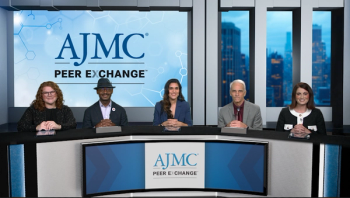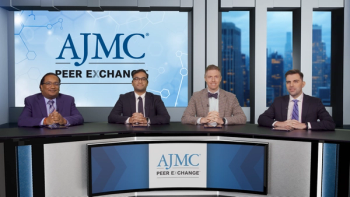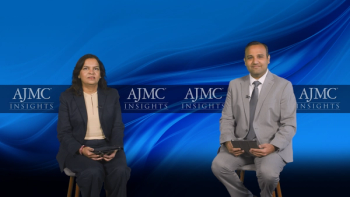
New Therapeutic Approaches Are Needed to Improve High-Risk MCL Outcomes: Dr Amitkumar Mehta
Amitkumar Mehta, MD, MBA, associate professor of medicine and director of the lymphoma and chimeric antigen receptor (CAR) T-cell therapy programs, University of Alabama at Birmingham, highlights the need for novel therapy approaches for patients with high-risk mantle cell lymphoma (MCL).
Amitkumar Mehta, MD, MBA, board-certified hematologist and associate professor of medicine and director of the lymphoma and chimeric antigen receptor (CAR) T-cell therapy programs, University of Alabama at Birmingham, highlights the findings from his research paper,
Transcript
Can you provide an overview of your study on patient outcomes for blastoid and pleomorphic variants of mantle cell lymphoma?
Mantle cell lymphoma is a very rare lymphoma. Over a period of years now, we have realized that mantle cell lymphoma, you can clearly put in 3 buckets: One is low-grade mantle, the other one is very high-grade mantle. And when I say very high-grade, that is a specific characteristic on that blastoid variant, pleomorphic variant, or TP53 variant. The idea of that study is to look [at] how those patients fare in a real-world setting with the treatment, standard of care, that they received. It was not a surprising outcome because these patients do not do well.
This is kind of a benchmark. So, if you have high-risk patients who are not doing well with a conventional therapy, what it tells you is, if this is the benchmark, what the new treatments are doing in that setting—how the BTK inhibitors are working in that setting, how a noncovalent BTK inhibitor will work in that setting, or how CAR T will work in those patients. And we know that all of those have worked better than conventional chemotherapy in pleomorphic, blastoid, and TP53-altered mantle cell lymphoma.
So the bigger question with this kind of study [that] comes up is whether we can move these therapies up front in an earlier phase rather than waiting and using the therapies which are not very active. So, there was no surprise, but it was a good benchmark with a large data set to kind of look at it and say, yes, we will need more different approaches to deal with this high-risk mantle cell lymphoma.
Newsletter
Stay ahead of policy, cost, and value—subscribe to AJMC for expert insights at the intersection of clinical care and health economics.






































